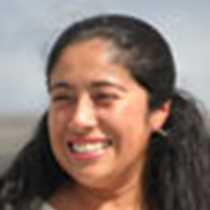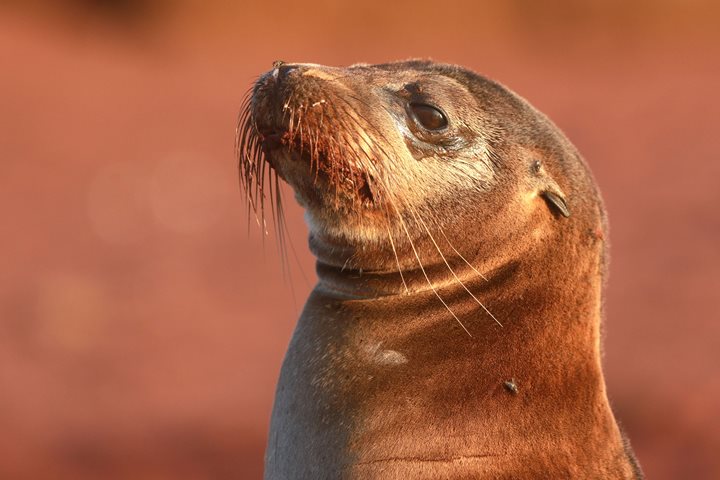Today we visited the magical island of Espanola, also known as Hood. Espanola is one of the oldest island we will get to visit this week and one of the highlights of this expedition due to its high percentage of endemism and overwhelming wildlife. Espanola island is a magnet for sea birds, sea lions, marine iguanas among other Galapagos species. We woke up to sunrise to kayak in the beautiful Gardner Bay and then went in the water for some snorkeling in the crystal clear water that bathes this island. Gardner bay lies along the northeastern of the island where a flawless white sand beach stretches along its coast, home to a colony of playful Galapagos sea lions. In the afternoon we visited Punta Suarez as we hiked along the trail having very close encounters with the wildlife. As we walked along this trails and saw the tameness of this beautiful creatures we could only stop and wonder how beautiful would the world be if we could coexist like animals do in the Galapagos Islands.
- Daily Expedition Reports
- 29 Jan 2018
Espanola Island, 1/29/2018, National Geographic Islander
- Aboard the National Geographic Islander
- Galápagos
Gianna Haro, Naturalist
Most of Gianna´s memories seem to be dreams, made on flawless white sandy beaches with black lava rock contours and gorgeous turquoise ocean waters. Most of it happened while barefoot, in an enchanting place that some people regard as an ideal natura...
Read MoreVanessa Gallo, Naturalist
Vanessa Gallo’s grandparents arrived in the Galápagos Islands in 1936, making her the third generation of her family to live and work in this magical archipelago. She left the islands for the capital city of Quito for high school, where she discovere...
Read MoreShare Report
Related Reports
11/23/2022
Read
National Geographic Islander II
Isabela and Fernandina
Our day began with the chance to point out a lot of interesting geological features as we enjoyed Zodiac tours along a massive flank of Ecuador Volcano on Punta Vicente Roca. In the afternoon, we took a sunny walk on Punta Espinoza on Fernandina Island. We spotted many iguanas, and a bunch of sea lions hanging around, too.
11/22/2022
Read
National Geographic Islander II
North Seymour & Rabida Islands
Relatively small and low compared to neighboring Santa Cruz, North Seymour is located to the north of Baltra. The island is dry with predominantly low shrubs, like prickly pear cacti. The incense trees are bare during the dry season. Seabirds like frigatebirds and blue-footed boobies nest on the island, and sea lions rest on the sand when they are not fishing. Land and marine iguanas also live here. Rabida is in the middle of the archipelago and has a striking red sand beach. We observed a small colony of sea lions of all ages resting or nursing. Behind the beach, American flamingos nest in a brackish lagoon. This island is full of contrasts and wildlife that we enjoyed observing during this day of expedition.









